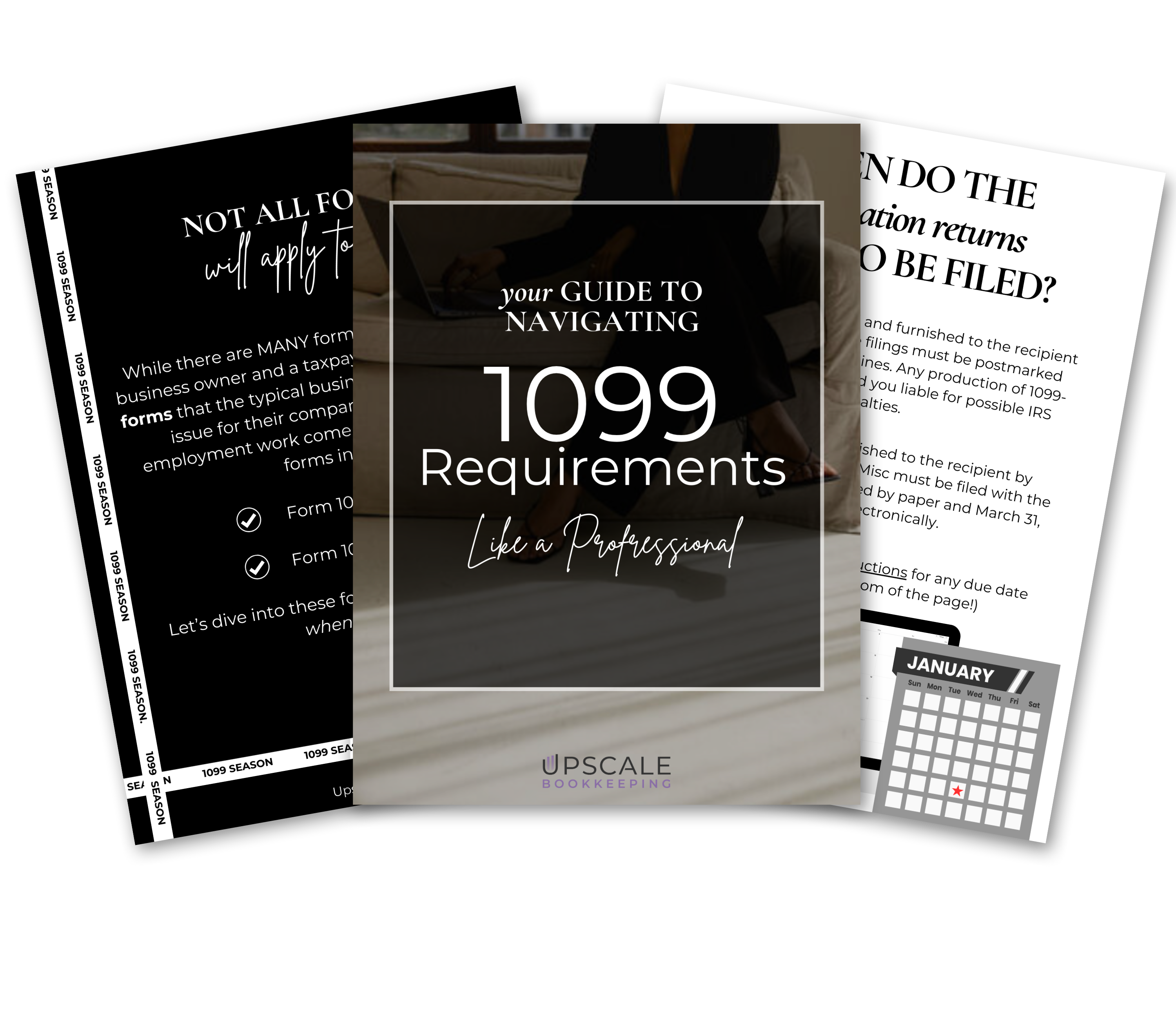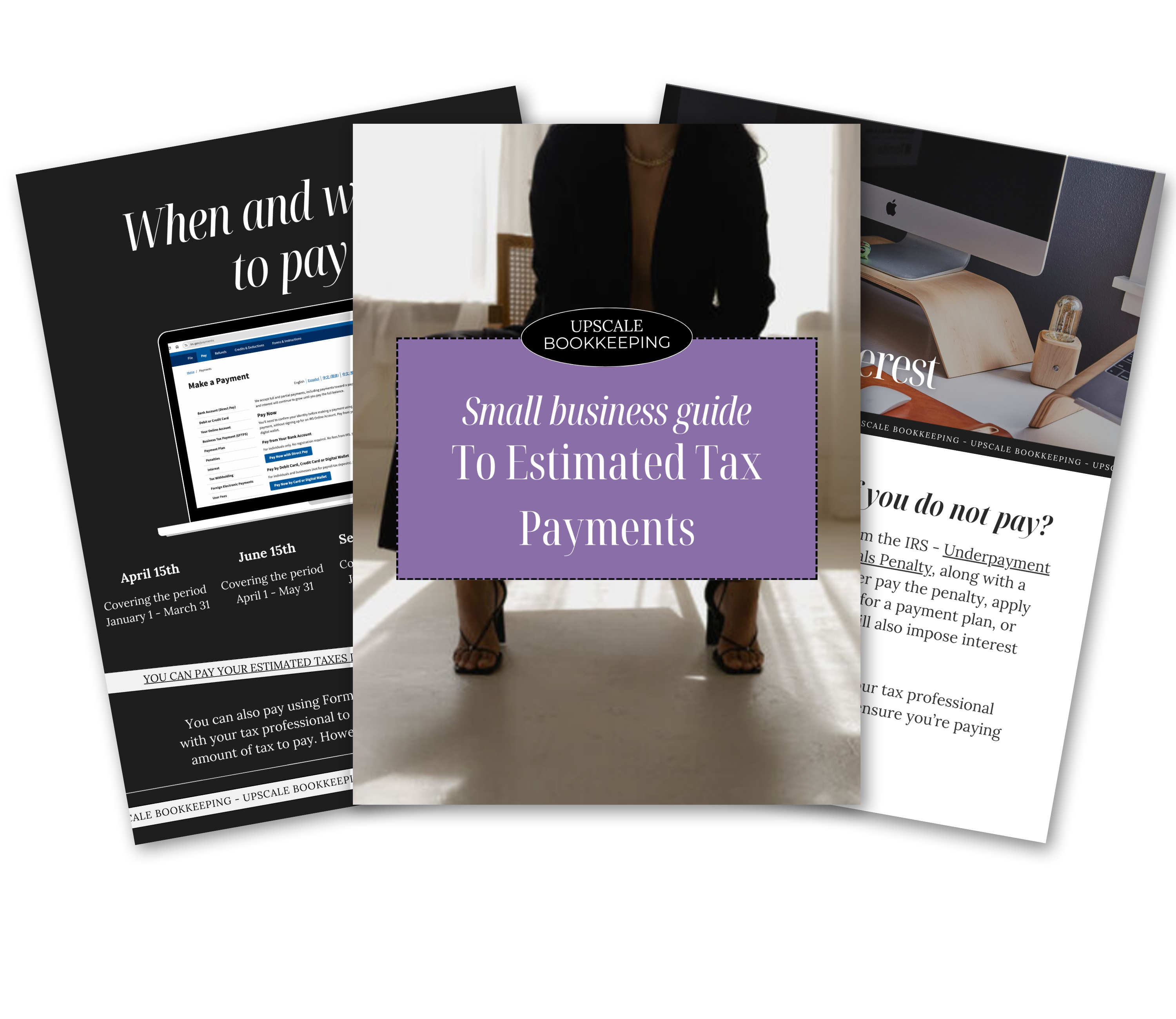Navigating Finances: Spreadsheet Bookkeeping vs. Accounting Software
The choice between spreadsheet bookkeeping and accounting software is a crucial decision that businesses must make. Each approach has its merits, and the suitability depends on the specific needs and preferences of the business owner. In this blog, we’ll explore who spreadsheet bookkeeping is good for and who might find accounting software to be a better fit.
Spreadsheet Bookkeeping: A DIY Approach
Good for: Small and Micro-Businesses, Sole Proprietors, Freelancers
Not good for Partnerships nor businesses taxed as an S Corp.
- Low Transaction Volume:
- Spreadsheet bookkeeping is ideal for businesses with a relatively low volume of transactions. Small-scale operations often find spreadsheets sufficient for tracking income and expenses without the need for complex accounting features.
- Budget Constraints:
- For those with budget constraints, spreadsheet bookkeeping is a cost-effective option. Basic spreadsheet software is often readily available, and the learning curve is generally lower than that of comprehensive accounting software.
- Hands-On Control:
- Entrepreneurs who prefer a hands-on, do-it-yourself approach to their finances may appreciate the control and customization that spreadsheets offer. It allows for a tailored financial management system based on individual preferences.
- Simplicity and Familiarity:
- Users comfortable with spreadsheet programs like Microsoft Excel or Google Sheets may find it convenient to leverage tools they are already familiar with, reducing the learning curve associated with adopting new software.
Accounting Software: Robust Solutions for Growing Businesses
Good for: Growing Businesses, Medium to Large Enterprises, and Complex Financial Structures
- High Transaction Volume:
- As businesses grow and transactions increase in volume and complexity, accounting software becomes essential. These platforms are designed to handle large amounts of data efficiently and accurately.
- Automated Processes:
- Accounting software automates many financial processes, saving time and reducing the risk of manual errors. From invoicing to expense tracking, these tools streamline routine tasks, allowing business owners to focus on strategic decision-making.
- Comprehensive Reporting:
- For businesses that require in-depth financial reporting and analysis, accounting software provides robust reporting features. These tools generate insightful reports that aid in strategic planning, budgeting, and forecasting.
- Integration Capabilities:
- Accounting software often integrates seamlessly with other business tools, such as CRM systems, payment processors, and e-commerce platforms. This integration enhances overall efficiency and creates a unified ecosystem for business operations.
- Compliance and Audit Trail:
- Larger businesses with more complex financial structures benefit from the compliance features and audit trails offered by accounting software. This ensures adherence to accounting standards and facilitates smoother audits.
Conclusion: Tailoring Solutions to Business Needs
In the choice between spreadsheet bookkeeping and accounting software, there is no one-size-fits-all answer. The decision hinges on the unique characteristics of each business. Small, solo ventures with straightforward financial needs may find spreadsheet bookkeeping sufficient, while growing enterprises with complex financial structures benefit from the automation and sophistication of accounting software.
Ultimately, the key is to assess the current and future needs of the business, consider the level of financial expertise available, and choose a solution that aligns with these factors. Whether opting for the simplicity of spreadsheets or the comprehensive capabilities of accounting software, the goal is to empower businesses to navigate their financial landscape with confidence and efficiency.



